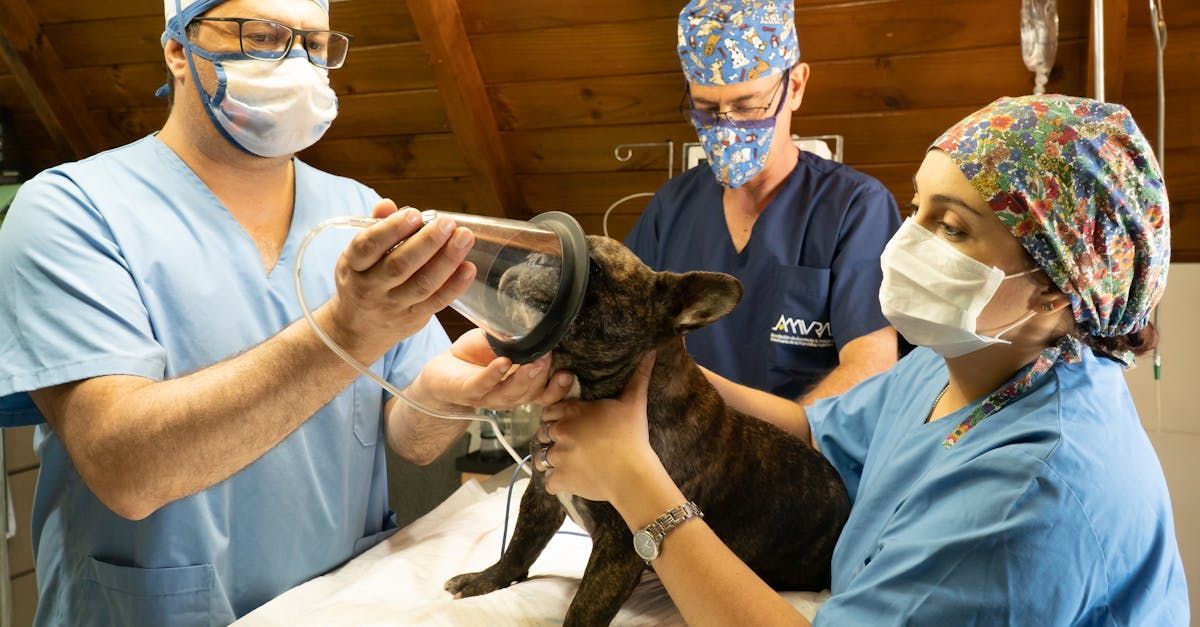Understanding Canine Lyme Disease
Understanding Canine Lyme Disease: Protecting Your Dog's Health
Canine Lyme disease, caused by the bacterium Borrelia burgdorferi, is a common tick-borne illness that can affect dogs of all breeds and ages. In this blog post, we will explore what canine Lyme disease is, its effects on dogs and puppies, how it can be contracted, signs of infection, what to do if your pet is infected, the importance of vaccination, the vaccination schedule, and how long it takes for your dog or puppy to become fully immune. By understanding these aspects, you can take proactive steps to safeguard your furry friend's well-being.
What is Canine Lyme Disease?
Canine Lyme disease is a bacterial infection transmitted to dogs through the bite of infected ticks, primarily the deer tick or black-legged tick. The bacterium Borrelia burgdorferi is responsible for causing Lyme disease in dogs. While not all dogs exposed to the Lyme bacteria will develop clinical illness, those that do can experience a range of symptoms and health complications.
Effects of Canine Lyme Disease on Dogs and Puppies:
Canine Lyme disease can lead to a variety of symptoms in infected dogs, including fever, lethargy, lameness, joint pain, swollen lymph nodes, and decreased appetite. In severe cases, Lyme disease can progress to affect the kidneys, heart, and nervous system, leading to potentially life-threatening complications. Puppies, elderly dogs, and immunocompromised pets are at higher risk of developing severe illness from Lyme disease.
How Can Canine Lyme Disease be Contracted?
Dogs can contract Lyme disease through the bite of an infected tick carrying the Borrelia burgdorferi bacterium. Ticks typically acquire the bacteria by feeding on infected wildlife, such as deer or rodents. When an infected tick bites a dog and transmits the bacteria into the bloodstream, the dog becomes at risk of developing Lyme disease. Dogs that spend time outdoors in wooded or grassy areas where ticks are prevalent are at higher risk of exposure.
Signs of Infection in Dogs and Puppies:
Recognizing the signs of Lyme disease infection in your dog or puppy is crucial for early detection and treatment. Common signs of infection include lameness, joint swelling, fever, lethargy, decreased appetite, and swollen lymph nodes. Some dogs may also develop a characteristic "bull's eye" rash at the site of the tick bite. If you notice these symptoms in your pet, seek veterinary care promptly for proper diagnosis and treatment.
What to Do if Your Dog or Puppy is Infected:
If your dog or puppy is diagnosed with Lyme disease, your veterinarian will recommend appropriate treatment based on the severity of the infection. Treatment may include antibiotics, anti-inflammatory medications, pain management, and supportive care to alleviate symptoms and prevent complications. Early detection and treatment are essential for a successful recovery.
The Importance of Vaccination:
Vaccination is a crucial tool in preventing Lyme disease and protecting your pet from the potential health risks associated with this tick-borne illness. Vaccination can help stimulate the immune system to produce antibodies that can neutralize the Borrelia burgdorferi bacterium, reducing the likelihood of infection and disease development.
Vaccination Schedule:
The typical vaccination schedule for Lyme disease involves an initial vaccination followed by a booster shot 2-4 weeks later. Puppies can start receiving the Lyme vaccine as early as 9 weeks of age, with a second dose given at 12 weeks. Annual booster vaccinations are recommended to maintain immunity and ensure ongoing protection against Lyme disease.
How Long Does it Take for Your Dog or Puppy to Become Fully Immune?
After receiving the initial Lyme disease vaccination and booster shot, it typically takes about 2-4 weeks for a dog or puppy to develop immunity against Borrelia burgdorferi. Full protection may not be achieved until the entire vaccination series is completed. Following your veterinarian's recommended vaccination schedule is essential to ensure that your pet is fully immune to Lyme disease and protected from tick-borne infections.
Conclusion:
Canine Lyme disease is a serious health concern for dogs and puppies, particularly those that spend time outdoors in tick-infested areas. By understanding the signs of infection, seeking prompt veterinary care, and ensuring that your pet is up-to-date on vaccinations, you can help protect them from the risks associated with Lyme disease. Vaccination is a key preventive measure in safeguarding your pet's health and well-being. Remember, a healthy pet is a happy pet!













